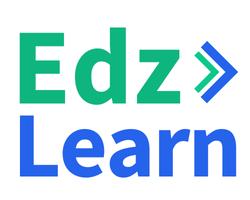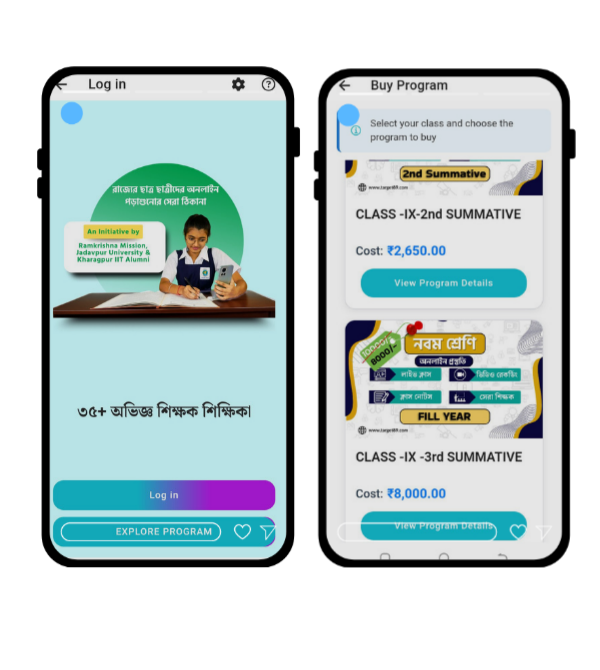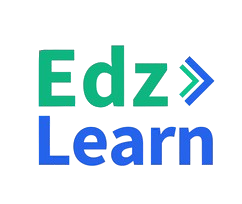1. Introduction
Imagine having the power to forecast which learners might struggle before they do—knowing who may drop off, which topics might trip them up, or where extra guidance could help them excel. Thanks to Machine Learning (ML), predictive insights like these are becoming a reality in modern e-learning platforms and Learning Management Systems (LMS).
Predicting learner performance has moved beyond anecdotal hunches. ML models now analyze engagement patterns, assessment results, pacing data, and behavior signals to identify who’s at risk — sometimes weeks ahead of time. These early-warning systems inform instructors, adaptive engines, and support teams so they can step in when it matters most.
In this blog, we’ll explore:
- How ML predicts learner performance
- Key data signals and features
- Model selection & system architecture
- Real-world use cases
- Best practices & ethical considerations
- The future of ML-powered analytics in education
By the end, you’ll appreciate why ML isn’t just a tool—it’s the intelligence behind proactive, personalized learning.
2. Why Predicting Learner Performance Matters
2.1 Student Success Beyond Completion Rates
Traditional LMSs focus on course completion, but ML empowers institutions to track learning trajectories: who’s improving, plateauing, or regressing, regardless of whether they finish.
2.2 Early Intervention Beats Last-Minute Rescue
Studies show that learners who receive support early (within the first 20% of a course) are up to 60% more likely to succeed than those who reached out to near deadlines.
2.3 Efficient Allocation of Support Resources
Predictive analytics guide human counselors, tutors, or AI chatbots to the right learners at the right time — reducing wasted efforts and boosting impact.
2.4 Enhanced ROI on Training
Businesses investing in training gain more when learners actually engage and apply skills on the job. ML ensures this by enabling targeted skill-building and progress tracking.
3. Key Data Signals & Feature Engineering
Machine learning thrives on high-quality input data. Here’s what predictive models commonly use:
3.1 Engagement Metrics
- Frequency of platform logins
- Time spent per module or video
- Time of day engagement occurs
- Total active days vs. inactivity periods
3.2 Assessment Results
- Quiz and assignment scores
- Pattern of errors (e.g., consistently misunderstanding grammar in language modules)
- Time taken per question or module
3.3 Behavioral Signals
- Number of retries or revisits
- Navigation flow (skipping sections versus revisiting)
- Forum participation
- Requests for help or bot interactions
3.4 Demographics & Context
- Learner background (e.g., full-time vs part-time)
- Prior training experience
- Native language or timezone, especially in global e-learning
3.5 Combined & Engineered Features
- Learning velocity: modules completed per week
- Consistency score: regularity in engagement
- Error ratio: wrong answers versus total attempts
- Burnout signal: declining activity weeks in a row
These features feed the ML model, offering a nuanced view of learner behavior and potential risk.
4. Model Selection & Architecture
4.1 Choosing the Right ML Model
Common approaches include:
- Decision Trees & Random Forests
Good for interpretability and ease of training. - Gradient Boosting Machines (e.g., XGBoost, LightGBM)
Known for high accuracy and handling sparse data well. - Neural Networks (Deep Learning)
Excellent with time-series or sequence data but require larger data. - Survival Analysis Models (e.g., Cox Proportional Hazards)
For modeling drop-off over time.
4.2 Training Pipelines
- Raw data collection and cleansing
- Feature extraction & scaling
- Training/validation/testing splits
- Cross-validation and hyperparameter tuning
- Model evaluation using metrics like AUC, accuracy, and precision/recall
4.3 Real-Time vs. Batch Predictions
- Batch mode: Daily/weekly recalculation for risk scores
- Real-time mode: Updates within user sessions for immediate insights
Real-time models power instant nudges (“take a break?”), while batch predictions drive weekly tutor outreach.
5. Applications & Case Studies
5.1 Higher Education: Georgia Tech & Purdue
Georgia Tech’s “Jill Watson” chatbot integrated ML-based risk models to flag students in online forums weeks before drop-off. Purdue’s Signals tool helped advisors reach at-risk students, leading to a 12% increase in retention.
5.2 Corporate Training: Deloitte and IBM
Deloitte uses ML to forecast who may fail compliance modules and sends customized support before deadlines. IBM’s Watson suggests re-learning modules for employees underperforming in certain skills, enabling faster upskilling.
5.3 MOOC Platforms: Coursera & edX
These platforms analyze log data to recommend timely study groups, live sessions, and inspirational emails—leading to 25% better completion rates among flagged learners.
5.4 K–12 and Online Schooling
Online schools use ML to notify parents and teachers about students showing signs of disengagement, triggers like late-night login or sudden drop in quiz scores, enabling timely interventions.
5.5 Long-term Career Impact
Some platforms follow learners into job performance data, using pre-training ML signals to measure how well predictive learner performance corresponds to success in a role — a powerful ROI case.
6. Best Practices & Deployment Strategies
6.1 Data Governance & Privacy
- Comply with GDPR, FERPA, CCPA
- Use pseudonymization and secure access controls
- Be transparent about data usage
6.2 Explainability & Trust
- Use models that provide interpretable insights (e.g., “Low module consistency triggered alert”)
- Provide learners with explanations of risk scores (“You missed 3 deadlines this week…”)
6.3 Human in the Loop
- Ensure educators verify model recommendations
- Use ML to inform—not replace—guidance
6.4 Model Maintenance
- Regularly retrain models with new data to avoid drift
- Continuously monitor performance and fairness
6.5 Unintended Effects
- Avoid labeling learners negatively
- Ensure ML nudges are encouraging, not punitive
7. Future Directions
7.1 Real-Time Adaptation
Future systems may dynamically adjust content flow based on live performance—suggesting micro-tutorials mid-module.
7.2 Multimodal Learning Signals
Future ML models may include video, audio, and posture signals to predict engagement from webcams (with consent).
7.3 Cross-Platform Learning Records
Training could tap LMS, HR, CRM, and real-world performance data to create a complete predictive profile.
7.4 Ethical AI and Personalization
Adaptive personalization guided by ethics: balancing predictive insights with learner autonomy, agency, and privacy.
8. Conclusion
Machine learning has become the brain behind data-driven educational decisions, turning raw LMS log data into meaningful actions that boost learner success. By predicting learner performance before issues escalate, ML enables early intervention, efficient support allocation, and measurable improvements in engagement and retention.
Whether in universities, corporate training centers, or online academies, adopting ML predictors is more than a tech trend—it is today’s learning advantage. With responsible design, robust privacy safeguards, and strong human-AI collaboration, predictive models empower educators and learners to act together toward success.
If you’re ready to move beyond passive education toward a proactive, insight-driven learning ecosystem, machine learning offers a roadmap. It’s time to transform data into smarter decisions, better learners, and stronger outcomes.















